What Are Invisalign Buttons & How Do They Work
Invisalign buttons, also known as attachments, are small, tooth-colored bumps that dentists bond to your teeth during Invisalign treatment. These buttons serve a crucial role in the alignment process, providing additional grip for the aligners to exert the necessary pressure for tooth movement. They are often made of composite resin and are customized in shape and placement based on your specific treatment plan. Understanding the function of these buttons is key to managing your expectations and ensuring a successful Invisalign experience. They might seem insignificant, but they are vital components of the process, assisting in complex tooth movements that aligners alone can’t achieve.
Understanding the Purpose of Buttons
The primary purpose of Invisalign buttons is to provide the aligners with something to grab onto. Without these attachments, the aligners might slip or fail to exert the necessary force for specific movements, especially rotations, extrusions (moving teeth outward), or complex shifts. These buttons act as anchors, enhancing the effectiveness of the aligners and allowing for a wider range of tooth adjustments. The design and placement of the buttons are meticulously planned by your orthodontist using advanced software to map out the precise movements your teeth need to achieve the desired alignment. This ensures that the force is applied exactly where it needs to be for optimal results.
How Buttons Attach to Your Teeth
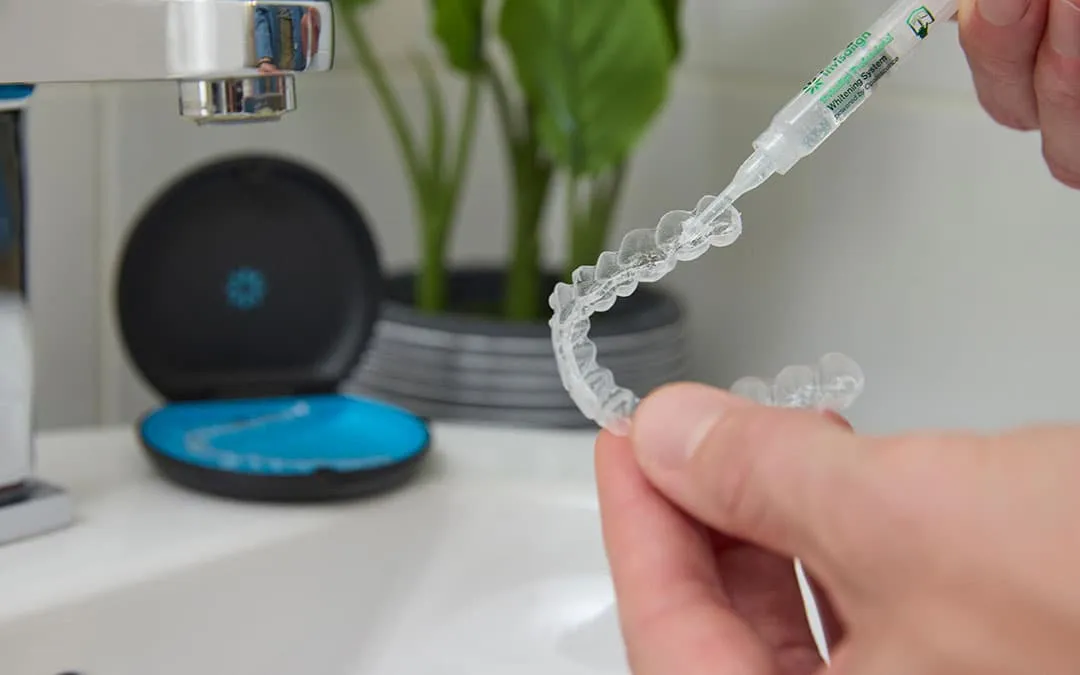
The process of attaching Invisalign buttons is straightforward and painless. First, your dentist will clean and prepare the surfaces of your teeth where the buttons are to be placed. They will then apply a bonding agent, followed by the composite resin material. A template is often used to ensure the button is placed in the correct position. Once the resin is in place, a special curing light is used to harden and bond the buttons securely to your teeth. The entire process typically takes just a few minutes, and you’ll be able to continue your daily activities right after. The buttons are designed to blend in with your teeth, minimizing their visibility.
The Role of Buttons in Teeth Movement
Invisalign buttons significantly enhance the effectiveness of the aligners, allowing for more precise and complex tooth movements. The aligners, on their own, can handle basic movements, but the buttons provide the extra grip needed to rotate teeth, move them up or down (extrude or intrude), or make precise adjustments that are crucial for a perfect smile. By working in conjunction with the aligners, buttons create a comprehensive system for tooth alignment, optimizing the outcome of your treatment. The strategic placement of buttons allows your orthodontist to have better control over the forces applied to each tooth, which ultimately leads to a straighter, healthier smile.
Whitening Teeth While Using Invisalign Buttons
Whitening your teeth during Invisalign treatment with buttons requires a thoughtful approach. While it’s possible to whiten your teeth, you must consider the presence of the buttons and the potential impact on the process. The buttons themselves may not whiten at the same rate as your natural enamel, potentially resulting in uneven results if not managed correctly. It is always recommended to consult with your dentist or orthodontist before beginning any whitening regimen. They can provide personalized advice based on your specific case and the type of buttons used. They can also advise on the best methods and products that will maximize your outcome.
Consult Your Dentist Before Whitening
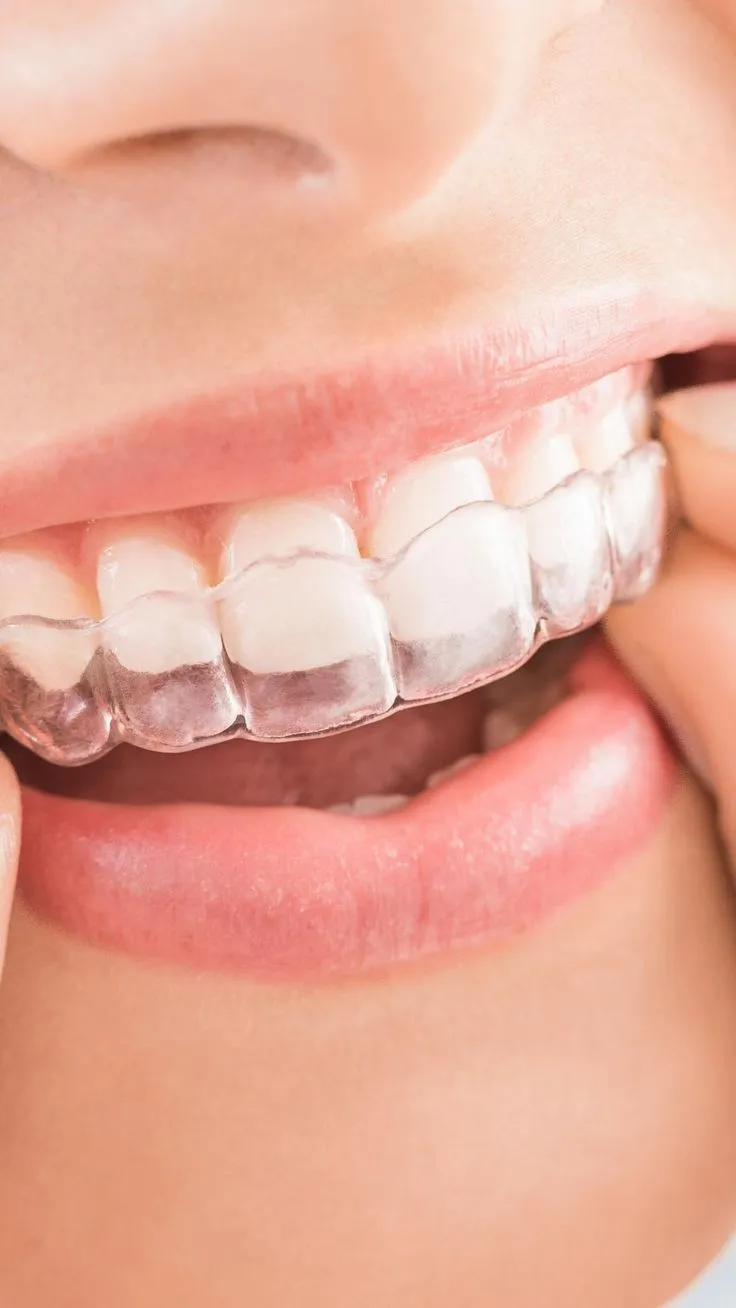
Before embarking on any teeth whitening plan while using Invisalign buttons, consulting with your dentist is a crucial first step. They will assess the health of your teeth and gums and determine if you are a suitable candidate for whitening. They can also evaluate the type, number, and position of your buttons, and how they might affect the whitening process. Your dentist can provide guidance on the safest and most effective whitening options for your situation, helping you achieve the best possible results while minimizing any potential risks. They will also consider the potential sensitivity and irritation that whitening products could trigger.
Best Whitening Methods for Invisalign Users
When whitening teeth during Invisalign treatment with buttons, consider methods that minimize contact with the buttons to avoid uneven whitening. Custom whitening trays, provided by your dentist, can be used with a bleaching gel, ensuring the whitening agent comes into contact with as much of the tooth surface as possible while minimizing contact with the attachments. Another option is to use whitening strips, ensuring that they don’t overlap the buttons. However, it is important to note that the buttons may not whiten to the same degree as the natural teeth, so results may vary.
Over-the-Counter Whitening Options
Over-the-counter whitening products include whitening toothpaste, strips, and gels. Whitening toothpastes can help remove surface stains, while whitening strips are applied directly to the teeth. Gels can be used in custom trays or directly on the teeth. When using these products during Invisalign treatment, ensure they don’t come into excessive contact with the buttons to prevent uneven whitening. Follow product instructions carefully. The effectiveness of these products varies, and they may not provide the same level of whitening as professional treatments.
Professional Whitening Treatments

Professional whitening treatments are administered by your dentist and typically involve a stronger bleaching agent. These treatments can yield more dramatic results and can often be tailored to account for the presence of Invisalign buttons. Your dentist can take precautions to minimize uneven whitening and can monitor your progress closely. Professional treatments often include the use of custom trays to ensure that the whitening agent is applied evenly across the teeth’s surface, maximizing effectiveness while safeguarding the buttons. The dentist can also provide guidance on post-treatment care and maintenance, ensuring you maintain a bright, healthy smile.
Maintaining Oral Hygiene During Whitening
Maintaining excellent oral hygiene is paramount during teeth whitening and Invisalign treatment. Brush your teeth at least twice a day with a fluoride toothpaste and floss daily to remove plaque and food particles. Rinse your mouth with an antiseptic mouthwash to further reduce bacteria and promote gum health. Proper oral hygiene ensures that the whitening process is effective and minimizes the risk of cavities or gum disease, which could be exacerbated by the whitening agents. If you are using whitening trays, make sure to clean them thoroughly after each use to prevent bacterial buildup.
Tips for Successful Whitening with Buttons
Achieving successful teeth whitening with Invisalign buttons requires careful planning and execution. By understanding the potential challenges and implementing effective strategies, you can enhance your smile while straightening your teeth. It’s essential to select the correct products, avoid staining foods and drinks, and maintain a consistent whitening schedule. Consult your dentist and consider professional treatments to minimize uneven results and ensure you achieve your desired outcome. These tips provide a roadmap for effectively whitening your teeth while navigating Invisalign treatment.
Choosing the Right Whitening Products
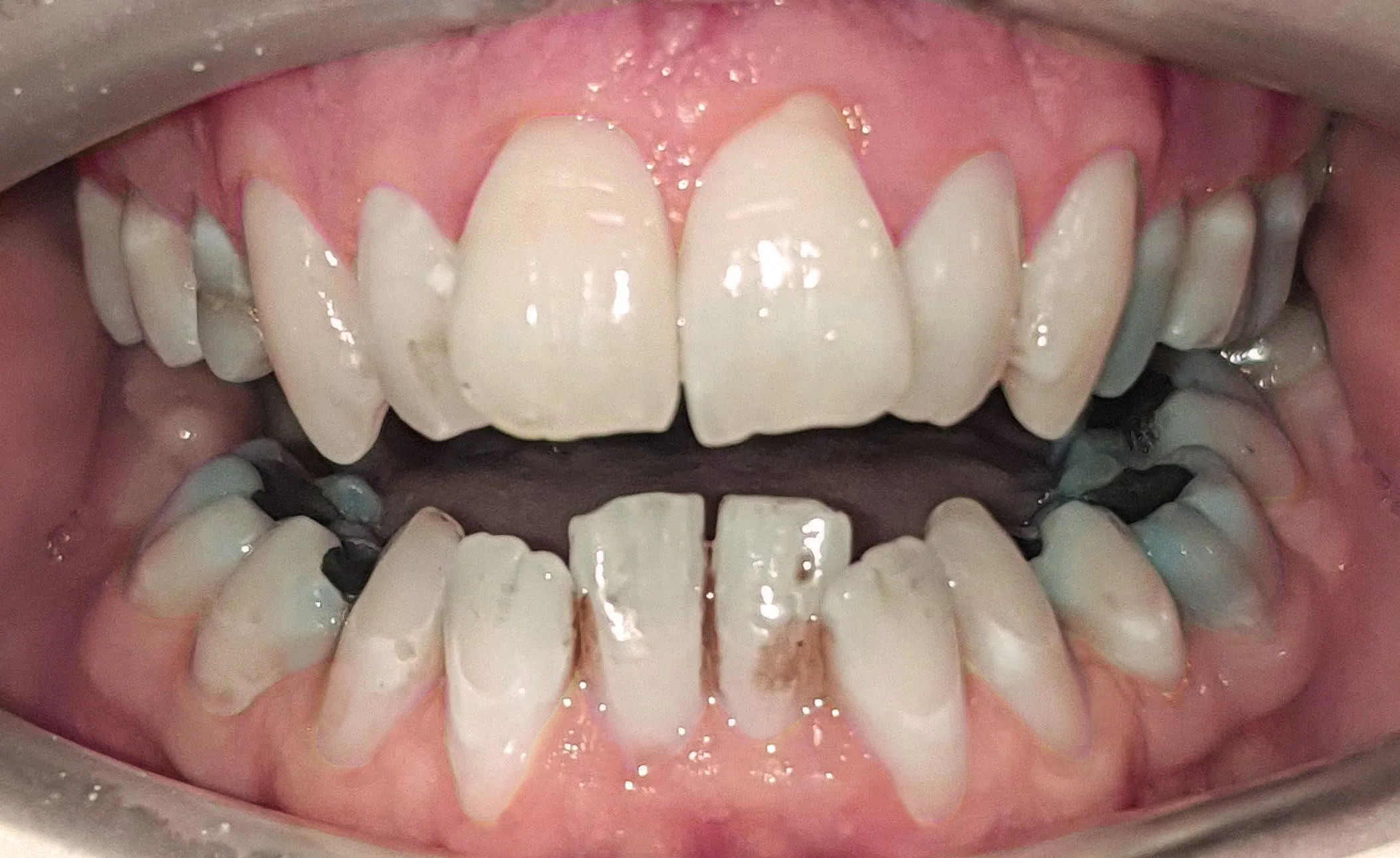
When selecting whitening products, opt for those with a proven track record and those recommended by your dentist. Look for products containing hydrogen peroxide or carbamide peroxide, which are effective bleaching agents. Consider the concentration of the active ingredient, starting with a lower concentration to minimize sensitivity and gradually increasing if needed. Choose products designed for sensitive teeth if you experience discomfort. Evaluate whitening strips, gels, and toothpastes, and determine which option is most compatible with your Invisalign buttons and treatment plan. Remember, your dentist can provide recommendations to fit your personal needs.
Avoiding Staining Foods & Drinks
To maximize the effects of teeth whitening and prevent stains, it is crucial to avoid foods and drinks that can stain teeth, especially during the whitening process. This includes coffee, tea, red wine, dark sodas, berries, and deeply colored sauces like soy sauce or tomato sauce. If you consume these items, rinse your mouth with water immediately afterward or brush your teeth to minimize staining. Also, avoid smoking and tobacco products, which contribute to discoloration. Being mindful of your diet is an integral part of maintaining the brightness of your teeth. Prioritizing a diet that’s gentle on your teeth will help to prolong the results.
Maintaining a Consistent Whitening Schedule
Consistency is key to achieving and maintaining the desired teeth whitening results. Follow the recommended whitening schedule provided by your dentist or as directed on the product packaging. This typically involves whitening your teeth once or twice a day for a set period. Avoid skipping treatments, as this can reduce the effectiveness of the whitening process and prolong the duration of your treatment. Set reminders to ensure you stay on track. If you are using custom trays, always clean them thoroughly before and after each use. Keeping a record of your progress, such as using a chart or taking photos, will help you stay motivated and see the gradual changes.
Potential Challenges & Solutions
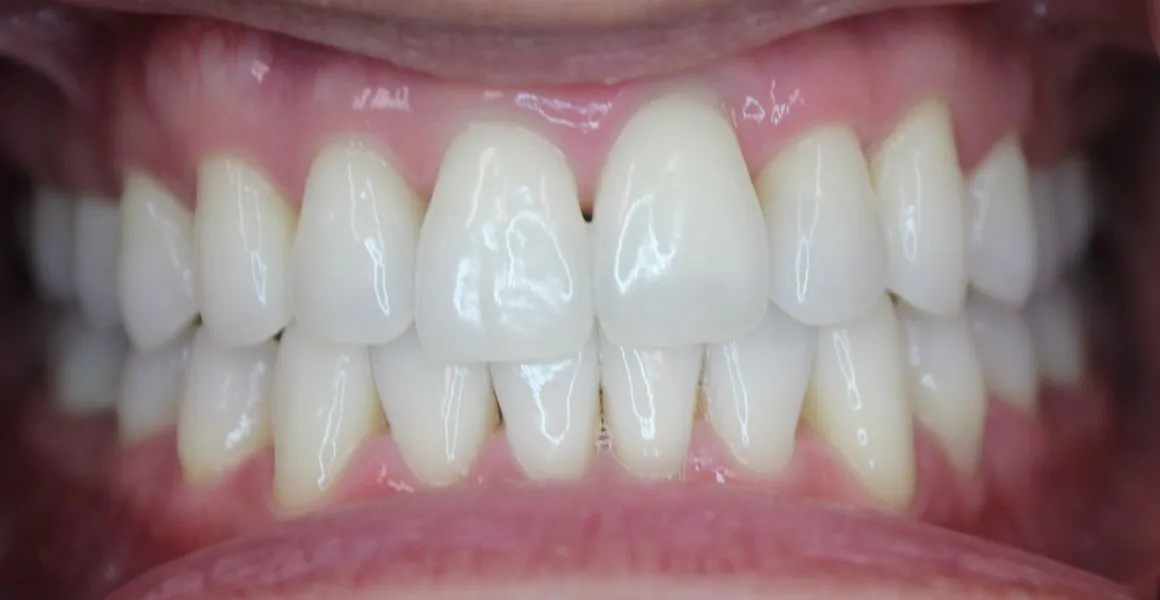
Whitening teeth with Invisalign buttons comes with certain challenges. Awareness of these potential issues can help you prepare and take steps to mitigate them. Sensitivity and discomfort can arise, as can uneven whitening results. Button-related problems can also occur. Proactive problem-solving strategies will help you successfully navigate these challenges and achieve a brighter smile.
Sensitivity and Discomfort
Teeth sensitivity is a common side effect of teeth whitening. The whitening agents can penetrate the enamel, leading to temporary discomfort or sensitivity. To manage this, use a toothpaste designed for sensitive teeth. Reduce the frequency or duration of whitening treatments. Your dentist may recommend fluoride treatments to strengthen your enamel. If the sensitivity is severe, stop the whitening process and consult with your dentist. They can provide guidance and solutions to alleviate the discomfort.
Uneven Whitening Results
Uneven whitening is a common issue when using Invisalign buttons because the buttons themselves may not whiten at the same rate as your natural teeth. This can lead to the appearance of lighter spots on the teeth where the buttons are attached. To minimize this, consider professional whitening treatments, which your dentist can tailor to account for the presence of the buttons. Follow the instructions carefully and avoid over-whitening, which can worsen unevenness. After your Invisalign treatment is complete and the buttons are removed, your dentist can touch up any unevenness to ensure a consistent, bright smile.
Button-Related Issues
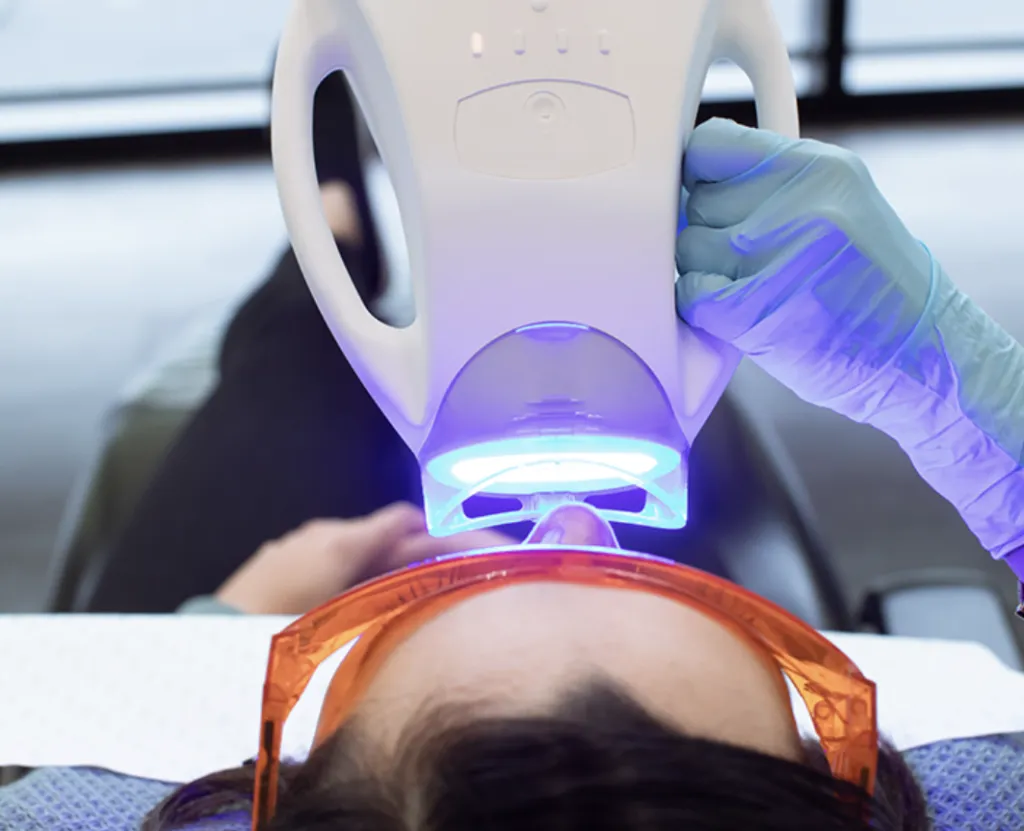
Invisalign buttons can sometimes experience issues such as detachment or damage. If a button comes loose, contact your orthodontist or dentist promptly to have it reattached. Avoid biting or chewing on hard or sticky foods that could dislodge the buttons. Ensure your aligners fit properly and do not put excessive pressure on the buttons. During whitening, be careful not to expose the buttons to excessive bleaching agents. If you experience any discomfort or issues related to your buttons, notify your dental professional immediately.
Aftercare & Long-Term Maintenance
After successfully whitening your teeth with Invisalign buttons, proper aftercare is essential to maintain your bright smile. This involves managing post-whitening sensitivity, adopting good oral hygiene habits, and scheduling regular dental check-ups. By following these guidelines, you can ensure the longevity of your results and enjoy a healthy, radiant smile.
Post-Whitening Sensitivity Management
After whitening, your teeth may be more sensitive to hot and cold foods and drinks. To manage this, avoid extremely hot or cold temperatures. Use toothpaste designed for sensitive teeth. Your dentist may recommend fluoride treatments or desensitizing agents to reduce sensitivity. Avoid brushing too aggressively. Usually, sensitivity diminishes within a few days or weeks. Contact your dentist if sensitivity persists or worsens.
Maintaining Your Bright Smile Long Term
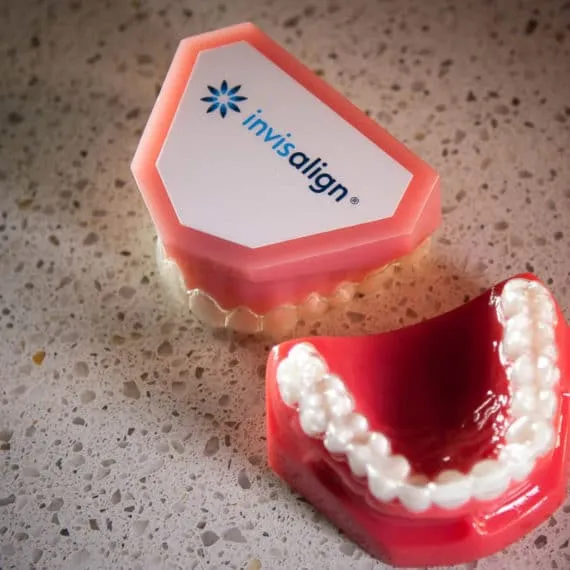
To keep your smile bright, maintain a consistent oral hygiene routine. Brush your teeth twice a day, floss daily, and rinse with an antiseptic mouthwash. Avoid staining foods and drinks as much as possible. Drink plenty of water to stay hydrated and rinse your mouth after consuming potentially staining substances. Consider using a whitening toothpaste periodically to maintain your results. Consider at-home whitening touch-up kits, using them as directed by your dentist.
Regular Dental Check-ups and Cleanings
Schedule regular dental check-ups and cleanings to maintain your oral health. Your dentist can assess the health of your teeth and gums and address any potential issues. Professional cleanings remove plaque and tartar, which can dull your smile and contribute to staining. During your appointments, your dentist can provide personalized recommendations for oral hygiene and whitening. These regular visits will assist you in maintaining your bright, healthy smile and prolonging the results of your teeth whitening efforts.
